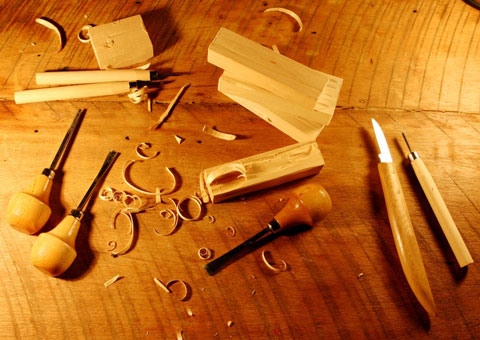
so i realize i still haven't finished my post about the rosetta project!! i was going to do it over thanksgiving, then forgot untill class thursday (i know - worst student ever!)
so i was involved in the making of the artifacts in a kinda weird way. i never actually saw the artifact our group made until the day of class - i was put in charge of 2 things... 1) find something to translate. this i did by visiting with Dr. Stratford - an expert on ancient Mesopotamian. he informed me that BYU has a mesopotamian nail (like the kind you build buildings with) that had an inscription written on it, and had the translation. so i sent that off to my group and got to work on the real difficult part of my job - making the stylus with which to write in cuneiform. i picked out a hard wood dowel, assuming that a softer wood would soak up the moisture from the clay and make it harder to use, then there was the decision of what would be easier -a triangle tool and a line tool, or a two in one tool? i decided on the second, thinking i would be annoyed by having to continuously switch between two sticks.
So then it came ot actually carving the stylus. the hard wood i chose made the carving process difficult, but not impossible. as i carved, i wondered - who did this in mesopotamia? did everyone make their own stylus to fit their personal prefrences? or was there a stulus maker? what materials were they made of? the clay tablets i have seen have writing that is MUCH smaller than that on our artefact, so their styluses would have had to be made of either an extremely hard wood that would keep its rigidity when carved down to such a small size, or made of metal or stone. there are problems with both of

these, however, in that stone is very brittle, and metal is difficult and time consuming to shape. in the end, i had an image of ollivander's wand store in Harry Potter, but rather than wands, there would be styluses in little boxes on the shelves, where you could come and try out a limestone size six stylus, then a copper size eight, then an oak size five.
so maybe that's taking it a bit too far, but the INDUSTRY of writing is a very interesting thing - whether it be clay and a stylus, or vellum and parchment, or paper and leather, or ink and bamboo leaves, or stone and chisels, or loose-leaf college ruled paper and Bic pens, there seems to have been an industry of writing as long as there has been writing. this also begs the question - how is the paper industry (and others involved) going to survive the digitization of society, when the rules of the writing business are rewritten?

